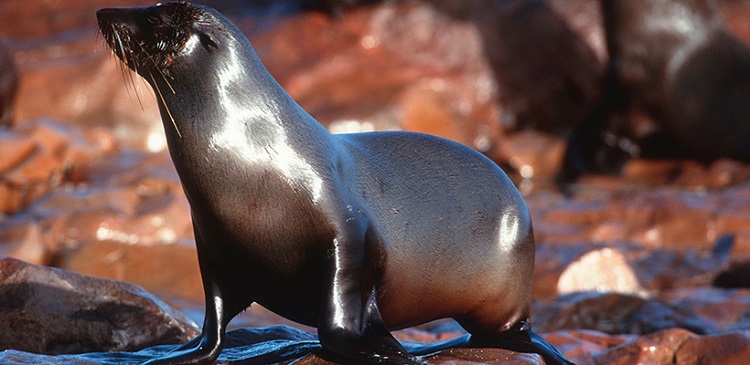Africa's Legal Wildlife Trade Includes Endangered Species
More than 1.3 million live animals and plants, 1.5 million skins and two thousand tons of meat from CITES-listed species have been exported from Africa to since 2006.
Exports included 975 different taxa listed under either the Convention of International Trade in Endangered Species of Wild Fauna and Flora (CITES) Appendix I (most endangered) or Appendix II (not necessarily threatened with extinction, but may become so unless trade is closely controlled), according to a new report from the NGO TRAFFIC titled Eastward Bound.
In recent years, the focus on the wildlife trade from Africa has centered on the illegal trade and its impact on species such as elephants and rhinos. In contrast, the report, funded by Arcadia, is the first of its kind to highlight legal trade trends, the diversity of species and countries involved and new patterns emerging.
Animals and plants from Africa were derived from a variety of sources, and trade in commodities from captive or artificially-propagated sources made up a significant proportion. However, a total of 498 taxa were exported from wild or ranched sources, demonstrating the ongoing importance of sustainable management.
Among the report’s findings are that:
• 41 African countries exported CITES-listed wildlife to 17 Asian countries.
• Live wildlife exports have generally increased since 2006 and the proportion of trade from captive sources increased from 42 percent in 2006 to a peak of 66 percent in 2013.
• Some of the wildlife traded in the largest quantities were species that receive little political attention within CITES, notably Leopard Tortoises and Ball Pythons.
• South Africa was the largest exporter of live birds, mammals and plants.
• More than 50 tons of Common Hippopotamus teeth were exported from Uganda and Tanzania, with Malawi emerging as a significant exporter in recent years. All exports of teeth from East Africa were from wild Common Hippopotamus. Most were imported by Hong Kong.
• Over 91 percent of skins (1,418,487 of 1,558,794) exported from Africa were of Nile Crocodile.
• The second most common mammal skin exported was of the African Elephant with 11,285 primarily exported from Zimbabwe and South Africa.
• Madagascar was the only exporter of live amphibians to Asia.
• Japan was the largest importer of live amphibians and arachnids.
• Singapore imported the most live birds.
• Hong Kong dominated live reptile imports, most of which were Leopard Tortoises and Ball Pythons.
• Zimbabwe was the largest exporter of reptile skins, followed by Zambia.
• Just three species accounted for the reported meat exports: Nile Crocodile, European Eel and Cape Fur Seals.
• The Republic of Korea was the largest importer of European Eels, followed by Hong Kong.
• Namibia was, by far, the largest exporter of mammal skins, primarily those of Cape Fur Seals.

Cape Fur Seal
